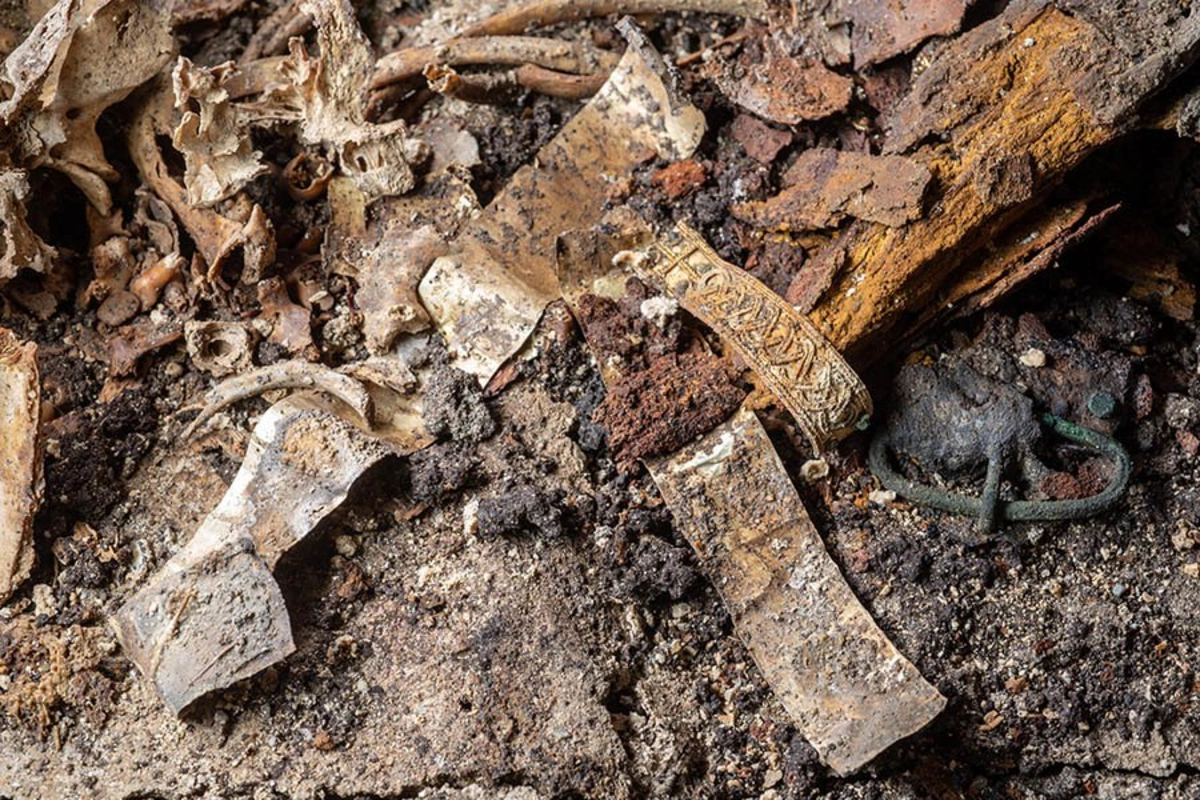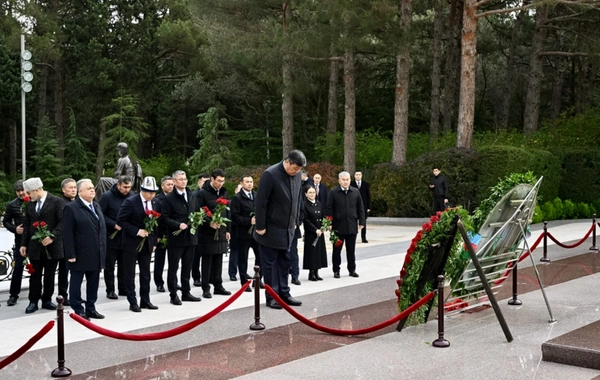The Secret of the Ice Prince: How a 1.5-year-old Boy Became a Symbol of Wealth and Pain of the VII Century Elite

📍 Bavaria | 🗓️ May 2025 | 🕒 3 min read
Almost four years after the sensational discovery in Germany, archaeologists have completed a full analysis of the mysterious tomb, which has been dubbed the Ice Prince's grave. This is the burial of a small boy from the 7th century, found in extraordinarily luxurious surroundings, near the village of Tussenhausen in Bavaria.
❄ Why "Ice Prince"?
This is not just a beautiful name - archaeologists actually froze the tomb with liquid nitrogen before extracting it from the ground. This technology was necessary to preserve the fragile remains and unique organic materials: silk, leather, wood.
Specialists from the Bavarian State Office for Monument Protection (BLfD) developed a unique methodology: they reinforced the tomb with wooden shields, froze the contents in layers, and extracted it as a single block. After delivery to the laboratory in Bamberg, lengthy work began: thawing, stabilization, DNA research, and artifact examination.
👶 Who was this child?
The boy died between 670 and 680 CE at the age of about 1.5 years. He had blue eyes and light-colored hair, as shown by genetic analysis. The cause of death was sepsis, caused by a common ear infection - a tragedy typical for the era before the invention of antibiotics.
Research confirmed that the child was born and raised in the same region. He was a member of the elite, whose family could afford such rarities as eastern silk from Byzantium, silver, and handcrafted weapons.
⚔ Burial with royal grandeur
The little one was laid on fur, dressed in a linen shirt with Byzantine inserts, leather pants, and shoes. His wrists were adorned with silver bracelets, his shoes had silver spurs, and on his belt was a sword in a leather scabbard with gold details.
Special attention was drawn to a fabric with a cross-shaped gold insert, possibly related to early Christianity.
Next to the body were:
-
a bronze basin and comb (for ritual washing),
-
wooden bowls,
-
a silver-rimmed drinking cup,
-
food offerings - hazelnuts, apples, a pear, and a piglet (not a dog, as previously thought).
These items symbolized a funeral feast, a kind of farewell and invitation to the other world.
🏛 Memory through centuries
The building where the Ice Prince was buried is a repurposed Roman structure. After the burial, it was rebuilt at least twice, turning into a memorial complex where rituals were likely performed for many years.
"This family not only arranged a lavish funeral but also carefully preserved the memory of the child for decades", - noted Mathias Pfeil, director of BLf
Similar News
Debunked popular myth about smoking
Scientists at Johns Hopkins Medical Center have concluded that simply reducing the number of cigarettes smoked provides almost no reduction in the risk of cardi...




 Azərbaycanca
Azərbaycanca  По-русски
По-русски  English
English 





